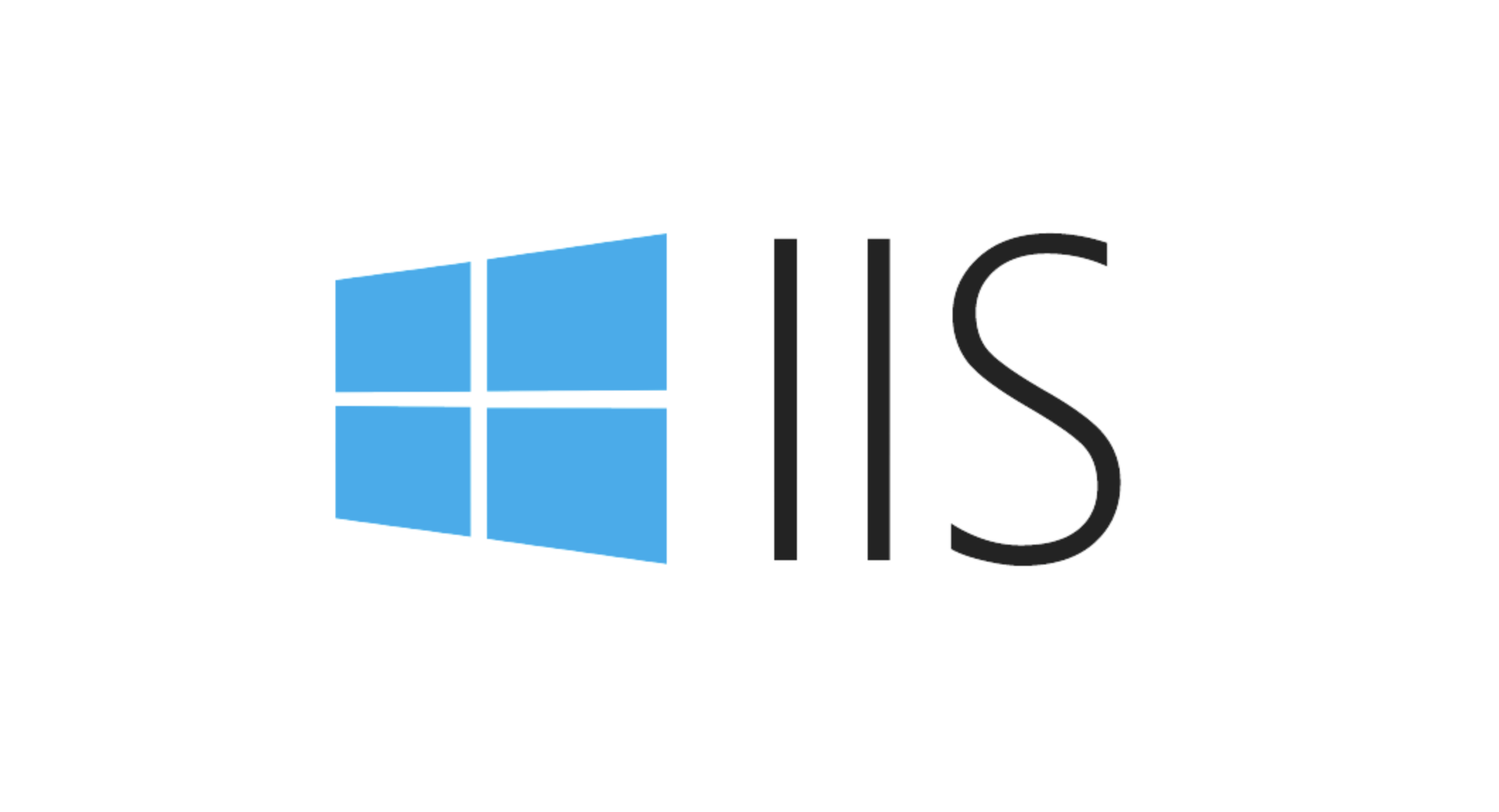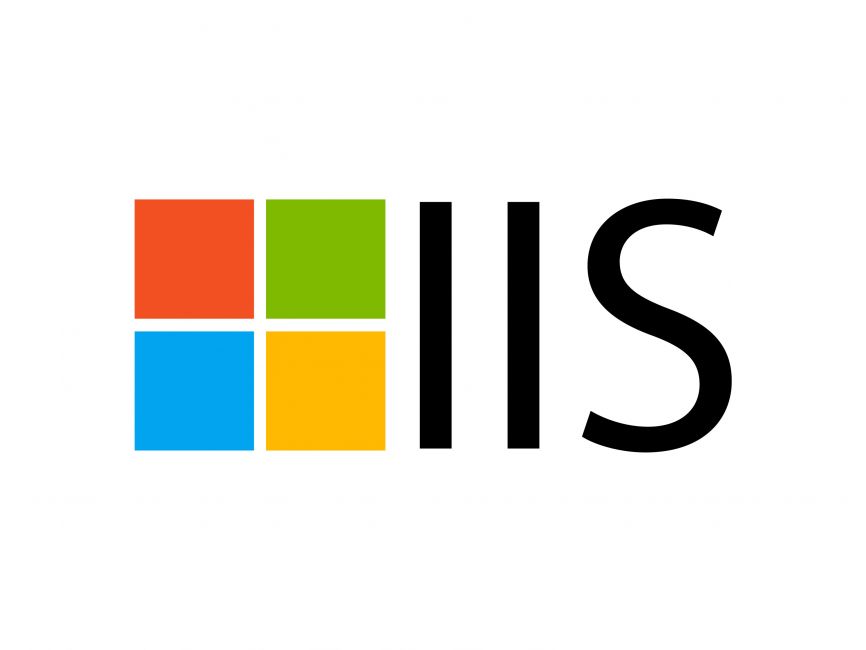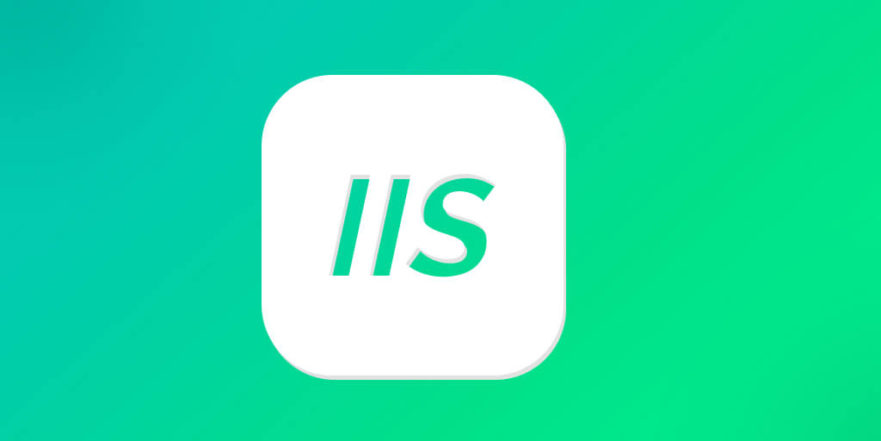The steps to run PHP applications using IIS on a Windows server are as follows: 1. Install the PHP Manager extension to set up the PHP version and management configuration; 2. Configure FastCGI mode to improve performance and adjust the timeout parameters; 3. Set IIS_IUSRS user permissions to ensure file access and database connections are normal; 4. Pay attention to path case issues to avoid framework compatibility errors. Through the above steps, the stable operation of PHP applications on IIS can be achieved.

If you plan to run PHP applications on a Windows server, IIS (Internet Information Services) is a stable and common choice. While Apache is more commonly used in PHP environments, IIS has unique advantages in integrating Windows capabilities, permission management, and enterprise-level deployments. As long as the configuration is properly, PHP applications will work perfectly on IIS.

Install and configure PHP Manager
The easiest way to run PHP in IIS is to use the extension module PHP Manager . It helps you quickly set up multiple PHP versions, manage php.ini settings, and enable common features.

- First make sure your server has IIS and .NET Framework installed.
- Go to Microsoft's official website to download and install the PHP Manager extension.
- After the installation is complete, you will see the "PHP Manager" icon in IIS Manager.
- Use it to register the local PHP executable file path, or let it help you download and install it from the network.
This tool greatly simplifies the configuration process, especially when you need to switch between different versions of PHP or debug whether certain extensions are enabled.
Properly configure FastCGI mode
IIS recommends running PHP in FastCGI mode instead of traditional CGI mode. FastCGI has better performance, supports concurrent requests, and has lower resource utilization.

To configure FastCGI:
- Open IIS Manager → Select Server Node → Double-click Handler Mapping.
- Make sure that the map of the
.phpfile has been added tophp-cgi.exe. - Check if the parameters are correct in "FastCGI Settings", especially
PHP_FCGI_MAX_REQUESTSand活動(dòng)請(qǐng)求限制.
One easy to ignore is: if you encounter timeout or memory problems, you can appropriately increase the values of Activity Timeout and Request Timeout to avoid the application being interrupted due to excessive waiting time.
Permissions and path issues cannot be ignored
Many PHP applications make errors on IIS, which is often not a problem with the code itself, but an improper permission setting. By default, IIS uses the IIS_IUSRS user group, and this user's access rights may be limited.
The recommended operations are as follows:
- Give
IIS_IUSRSread and write permissions to the website root directory (if it is an uploaded application, it also requires write permissions). - If using a database or other external service, remember to confirm that these connections have sufficient permissions.
- Note the path case problem. Although Windows is case-insensitive, some PHP frameworks may make errors as a result.
For example, if WordPress fails to install plug-in, it is often caused by IIS users not having write permissions.
Basically that's it. Configure PHP Manager, enable FastCGI, pay attention to permissions and paths, and the rest is to adjust the php.ini parameters and URL rewrite rules according to the specific project. It seems not complicated, but every link is prone to pitfalls, especially in production environments, you should be more careful in testing.
The above is the detailed content of Running PHP Applications Successfully on IIS. For more information, please follow other related articles on the PHP Chinese website!

Hot AI Tools

Undress AI Tool
Undress images for free

Undresser.AI Undress
AI-powered app for creating realistic nude photos

AI Clothes Remover
Online AI tool for removing clothes from photos.

Clothoff.io
AI clothes remover

Video Face Swap
Swap faces in any video effortlessly with our completely free AI face swap tool!

Hot Article

Hot Tools

Notepad++7.3.1
Easy-to-use and free code editor

SublimeText3 Chinese version
Chinese version, very easy to use

Zend Studio 13.0.1
Powerful PHP integrated development environment

Dreamweaver CS6
Visual web development tools

SublimeText3 Mac version
God-level code editing software (SublimeText3)

Hot Topics
 Why We Comment: A PHP Guide
Jul 15, 2025 am 02:48 AM
Why We Comment: A PHP Guide
Jul 15, 2025 am 02:48 AM
PHPhasthreecommentstyles://,#forsingle-lineand/.../formulti-line.Usecommentstoexplainwhycodeexists,notwhatitdoes.MarkTODO/FIXMEitemsanddisablecodetemporarilyduringdebugging.Avoidover-commentingsimplelogic.Writeconcise,grammaticallycorrectcommentsandu
 How to Install PHP on Windows
Jul 15, 2025 am 02:46 AM
How to Install PHP on Windows
Jul 15, 2025 am 02:46 AM
The key steps to install PHP on Windows include: 1. Download the appropriate PHP version and decompress it. It is recommended to use ThreadSafe version with Apache or NonThreadSafe version with Nginx; 2. Configure the php.ini file and rename php.ini-development or php.ini-production to php.ini; 3. Add the PHP path to the system environment variable Path for command line use; 4. Test whether PHP is installed successfully, execute php-v through the command line and run the built-in server to test the parsing capabilities; 5. If you use Apache, you need to configure P in httpd.conf
 Your First PHP Script: A Practical Introduction
Jul 16, 2025 am 03:42 AM
Your First PHP Script: A Practical Introduction
Jul 16, 2025 am 03:42 AM
How to start writing your first PHP script? First, set up the local development environment, install XAMPP/MAMP/LAMP, and use a text editor to understand the server's running principle. Secondly, create a file called hello.php, enter the basic code and run the test. Third, learn to use PHP and HTML to achieve dynamic content output. Finally, pay attention to common errors such as missing semicolons, citation issues, and file extension errors, and enable error reports for debugging.
 What is PHP and What is it Used For?
Jul 16, 2025 am 03:45 AM
What is PHP and What is it Used For?
Jul 16, 2025 am 03:45 AM
PHPisaserver-sidescriptinglanguageusedforwebdevelopment,especiallyfordynamicwebsitesandCMSplatformslikeWordPress.Itrunsontheserver,processesdata,interactswithdatabases,andsendsHTMLtobrowsers.Commonusesincludeuserauthentication,e-commerceplatforms,for
 How Do You Handle File Operations (Reading/Writing) in PHP?
Jul 16, 2025 am 03:48 AM
How Do You Handle File Operations (Reading/Writing) in PHP?
Jul 16, 2025 am 03:48 AM
TohandlefileoperationsinPHP,useappropriatefunctionsandmodes.1.Toreadafile,usefile_get_contents()forsmallfilesorfgets()inaloopforline-by-lineprocessing.2.Towritetoafile,usefile_put_contents()forsimplewritesorappendingwiththeFILE_APPENDflag,orfwrite()w
 PHP Syntax: The Basics
Jul 15, 2025 am 02:46 AM
PHP Syntax: The Basics
Jul 15, 2025 am 02:46 AM
The basic syntax of PHP includes four key points: 1. The PHP tag must be ended, and the use of complete tags is recommended; 2. Echo and print are commonly used for output content, among which echo supports multiple parameters and is more efficient; 3. The annotation methods include //, # and //, to improve code readability; 4. Each statement must end with a semicolon, and spaces and line breaks do not affect execution but affect readability. Mastering these basic rules can help write clear and stable PHP code.
 PHP 8 Installation Guide
Jul 16, 2025 am 03:41 AM
PHP 8 Installation Guide
Jul 16, 2025 am 03:41 AM
The steps to install PHP8 on Ubuntu are: 1. Update the software package list; 2. Install PHP8 and basic components; 3. Check the version to confirm that the installation is successful; 4. Install additional modules as needed. Windows users can download and decompress the ZIP package, then modify the configuration file, enable extensions, and add the path to environment variables. macOS users recommend using Homebrew to install, and perform steps such as adding tap, installing PHP8, setting the default version and verifying the version. Although the installation methods are different under different systems, the process is clear, so you can choose the right method according to the purpose.
 python if else example
Jul 15, 2025 am 02:55 AM
python if else example
Jul 15, 2025 am 02:55 AM
The key to writing Python's ifelse statements is to understand the logical structure and details. 1. The infrastructure is to execute a piece of code if conditions are established, otherwise the else part is executed, else is optional; 2. Multi-condition judgment is implemented with elif, and it is executed sequentially and stopped once it is met; 3. Nested if is used for further subdivision judgment, it is recommended not to exceed two layers; 4. A ternary expression can be used to replace simple ifelse in a simple scenario. Only by paying attention to indentation, conditional order and logical integrity can we write clear and stable judgment codes.






